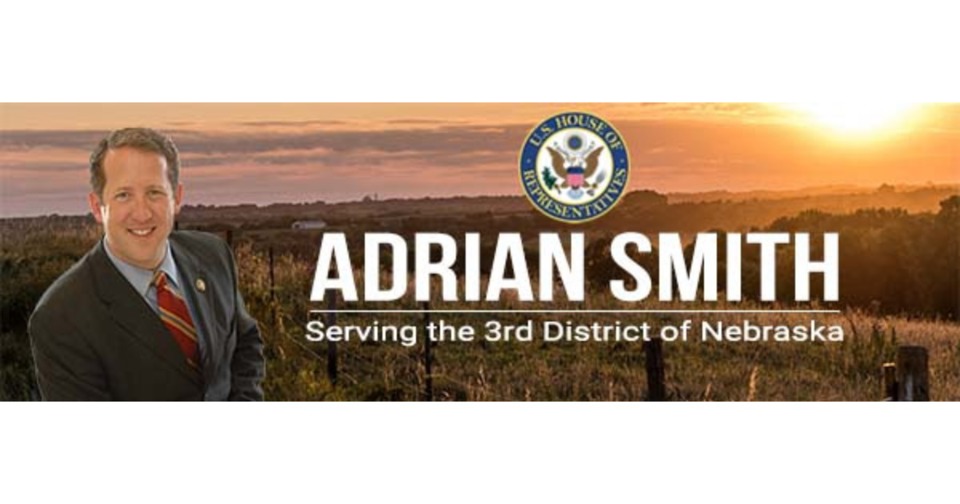President Biden Should not Transfer Student Debt to Taxpayers

In June 2023, the U.S. Supreme Court ruled President Biden did not have the constitutional authority to mass transfer up to $400 billion in student loan debt from borrowers to American taxpayers. Rather than properly acknowledge the ruling of the court, earlier this year, the president unveiled a new student loan forgiveness plan, again handing the bill to hardworking Americans. Biden’s new plan already faces similar legal challenges on which the Supreme Court will likely again weigh in.
Many Nebraskans I’ve spoken with are deeply skeptical of these schemes, and rightfully so. Plainly put, federal money is never free, and our nation is already in massive debt to the tune of $34.5 trillion or more than $100,000 per American citizen.
Conservative estimates by the Committee for a Responsible Federal Budget show the taxpayer cost of Biden’s student debt transfer exceeds the total amount our country has ever spent on higher education. High-end estimates set the cost at $1.4 trillion.
While the extreme expenses of Biden’s policies are bad enough, I have serious concerns about their fairness. Federal Student loans cannot be “cancelled” without forcing taxpayers, many of whom did not go to college, to pay the bill. I am a cosponsor of the Student Loan Accountability Act to prohibit the Departments of Education, Justice, or the Treasury from carrying out any student loan cancellation schemes.
Students are suffering under a higher education affordability crisis, and it’s clear reform is badly needed. According to the most recent available data from National Center for Education Statistics, part of the U.S. Department of Education, the average tuition and fees at U.S. college and universities have increased by 122 percent in the past 20 years Factoring out inflation, tuition and fees have gone up by 49 percent since the 2002-03 academic year – far too much.
Unfortunately, student borrowers are often not in a position to accurately assess the return on the investment of a college degree or are led to take out more in loans than they actually need. According to a report by the Education Data Initiative, the average student loan debt at graduation has increased by 41 percent since 2007, and the class of 2020 graduated with an average balance of $43,140 in terms of inflation-adjusted to September 2023.
In discussions with students about the costs of higher education, I often emphasize how making informed financial choices and structuring repayment plans for any necessary loans can reduce their long-term financial risk. Increasing financial literacy among students and helping them make wise decisions with their money is a crucial part of addressing this problem.
I am a cosponsor of the College Cost Reduction Act, which would improve information and choices available to young people when making a choice about whether and where to go to college.
I am also a strong supporter of the numerous programs across our state leveraging career and technical education opportunities to benefit young people. These innovative approaches can empower students to gain the skills they need with far less debt.
College endowments are rightfully given non-profit status when they facilitate educational opportunities for students who otherwise cannot afford them, but we must be vigilant to ensure those entities continue meeting this goal. In 2017’s Tax Cuts and Jobs Act, which I helped write as a member of the Ways and Means Committee, we took some initial steps to rein in potential abuses of the non-profit status of colleges and universities such as a 1.4% surtax on the very largest college endowments and repealing a loophole which allowed tax deductions for donations to college sports programs which provided the benefit of improved access to sporting event tickets. The best investment in the future of our country is to put students in a position to succeed. By advancing sound policy to expand choice and strengthen the post-secondary opportunities young Americans have, we can ensure the next generation is able to move confidently into adulthood and contribute profitably to the workforce. industries.
